Israeli army begins Gaza City takeover
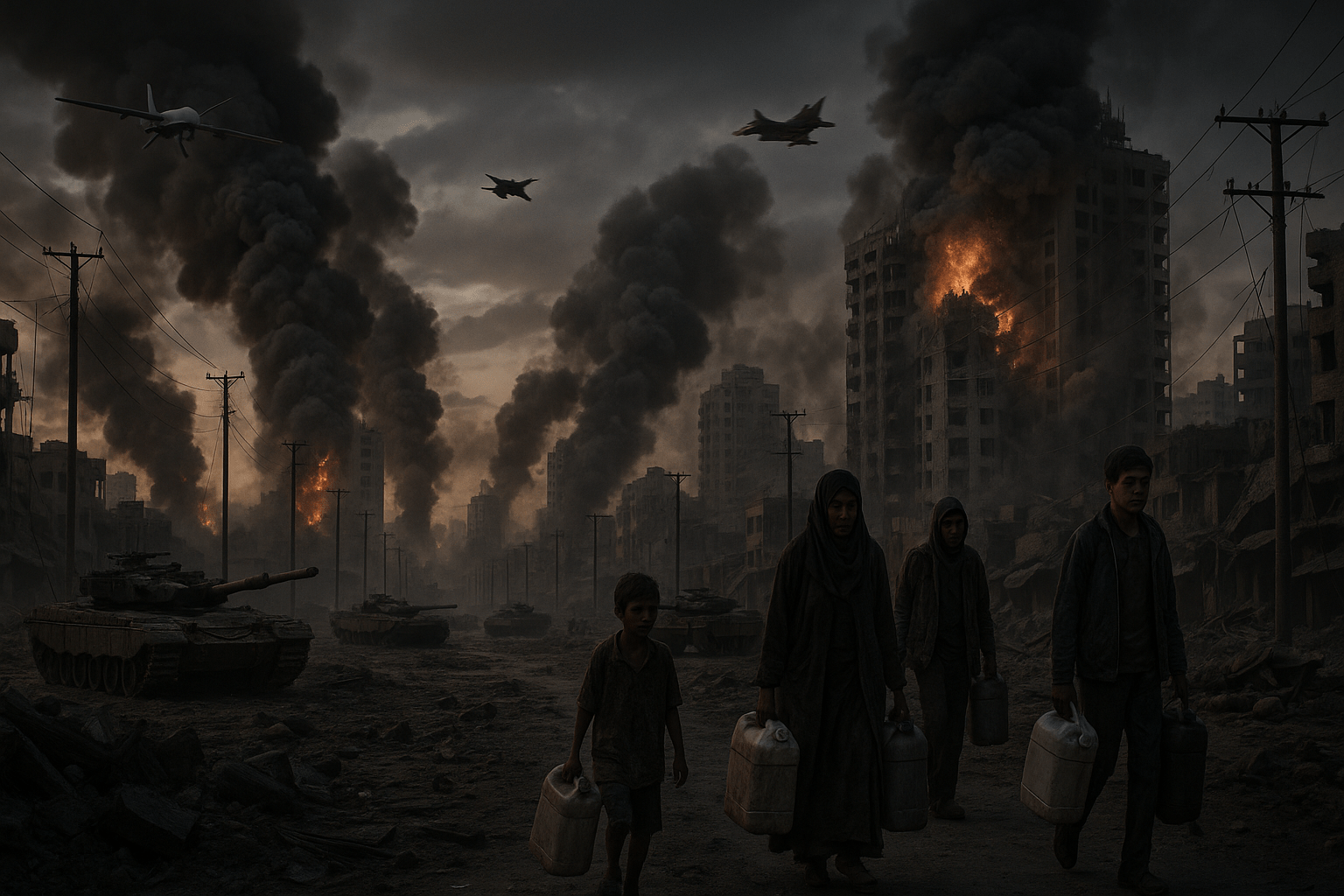
The world’s eyes are on Gaza City right now. Israel has officially launched the first phase of its military operation to take control of the city — calling it the “final stage” against Hamas. But Gaza City is no ordinary battleground. It’s the heart of Hamas’s network, one of the most crowded cities in the world, and home to more than two million people. The United Nations has already warned: a full-scale offensive here could lead to catastrophe. So, what’s really happening? Let’s break it down.
Why Gaza City Matters
Gaza City isn’t just another location—it’s the centre of Hamas’s operations. It’s also the largest urban hub in the Gaza Strip, characterised by extremely high population density. For Israel, taking Gaza City would mean dismantling Hamas’s command structure. For Hamas, losing it would be like losing its core strength. That’s why both sides are prepared for what may become the bloodiest stage of the conflict.
Israel’s Current Strategy
The Israeli Defence Forces (IDF) are surrounding Gaza City from all sides. Their four-part plan includes:
- Ground troops — infantry moving block by block.
- Tanks and armoured vehicles — breaking through Hamas defences.
- Air power — jets and drones striking from above.
- Naval support — from the Mediterranean.
On top of this, Israel may target Hamas’s underground tunnel system—the “Gaza Metro”—through flooding or bombing. This would cut off Hamas’s mobility and supply lines.
Why This Won’t Be Easy
Urban warfare is always brutal, and Gaza City is one of the most challenging places on earth to fight. Narrow alleys, crowded homes, and hidden tunnels make it perfect for ambushes. Hamas can use guerrilla tactics like sniper fire, booby traps, and hit-and-run attacks. Israel might have the upper hand in technology, but Hamas’s strategy is to drag the fight out, inflict casualties, and increase political pressure on Israel.
Humanitarian Disaster Already Unfolding
The crisis isn’t just military—it’s humanitarian. Food, medicine, fuel, and clean water are already running out. Hospitals are collapsing under pressure. More than half a million people are facing famine-like conditions. In fact, famine has been officially declared inside Gaza City—the first such case in the Middle East.
For famine to be declared, three conditions must be met:
- 20% of households have extreme food shortages.
- 30% of children suffer acute malnutrition.
- At least 2 out of every 10,000 people die daily due to hunger.
Gaza has crossed all three thresholds. That means the battle isn’t only about territory—it’s about survival for millions of civilians.
What Hamas is Saying
Hamas has vowed not to surrender. Leaders claim Gaza City will become a “graveyard” for Israeli forces. Their confidence lies in tunnels, civilian shields, and international outrage. Hostages may also be used to pressure Israel into prisoner swaps. This is why the battle could drag on for months—or longer.
Global & Regional Reactions
- Arab nations like Egypt, Qatar, and Jordan are pushing for humanitarian corridors.
- Iran and Hezbollah have hinted at opening new war fronts if Israel presses deeper.
- The United States continues to back Israel but is urging humanitarian pauses.
- Europe is divided: some governments support Israel, while protests against the offensive are growing.
This conflict isn’t staying inside Gaza—it’s rippling across the Middle East and the wider world.
What’s at Stake for Each Side
For Israel: Capturing Gaza City would be a symbolic and strategic victory. But it risks massive casualties, prolonged guerrilla war, and weakening support for Netanyahu at home.
For Hamas: Losing Gaza City would cripple its command structure. Yet, it could shift to underground resistance, using the chaos to maintain relevance.
For Palestinians: The humanitarian disaster will deepen. Entire generations may be set back decades in terms of infrastructure, health, and education.
Globally: Oil prices could spike, regional wars could flare up, and countries worldwide will feel the ripple effect—including India.
Conclusion
The battle for Gaza City isn’t just about land—it’s about survival, politics, and global stability. Israel wants to crush Hamas once and for all. Hamas wants to drag the fight into the streets. But in between, millions of civilians are trapped in what could become one of the worst humanitarian crises in decades. The world must pay attention—not just to the military maps, but to the human cost. Because how Gaza City falls—or resists—will shape the Middle East for years to come.
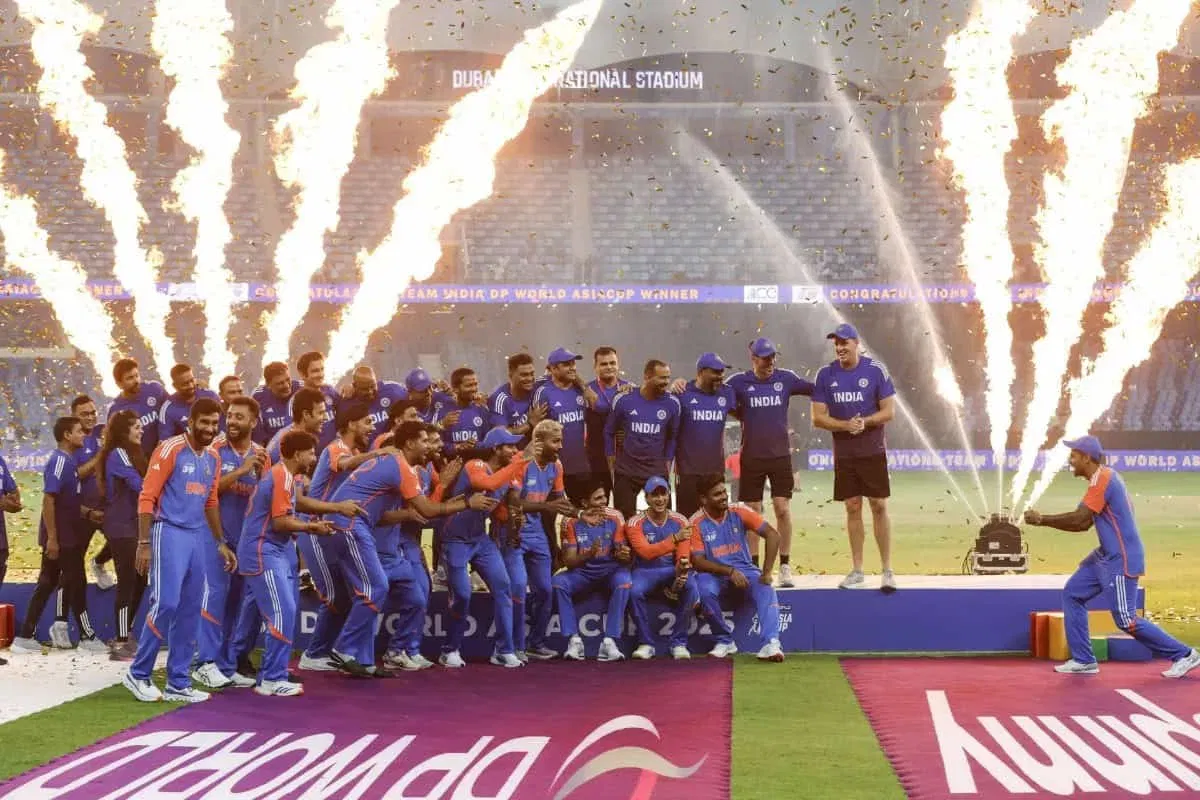
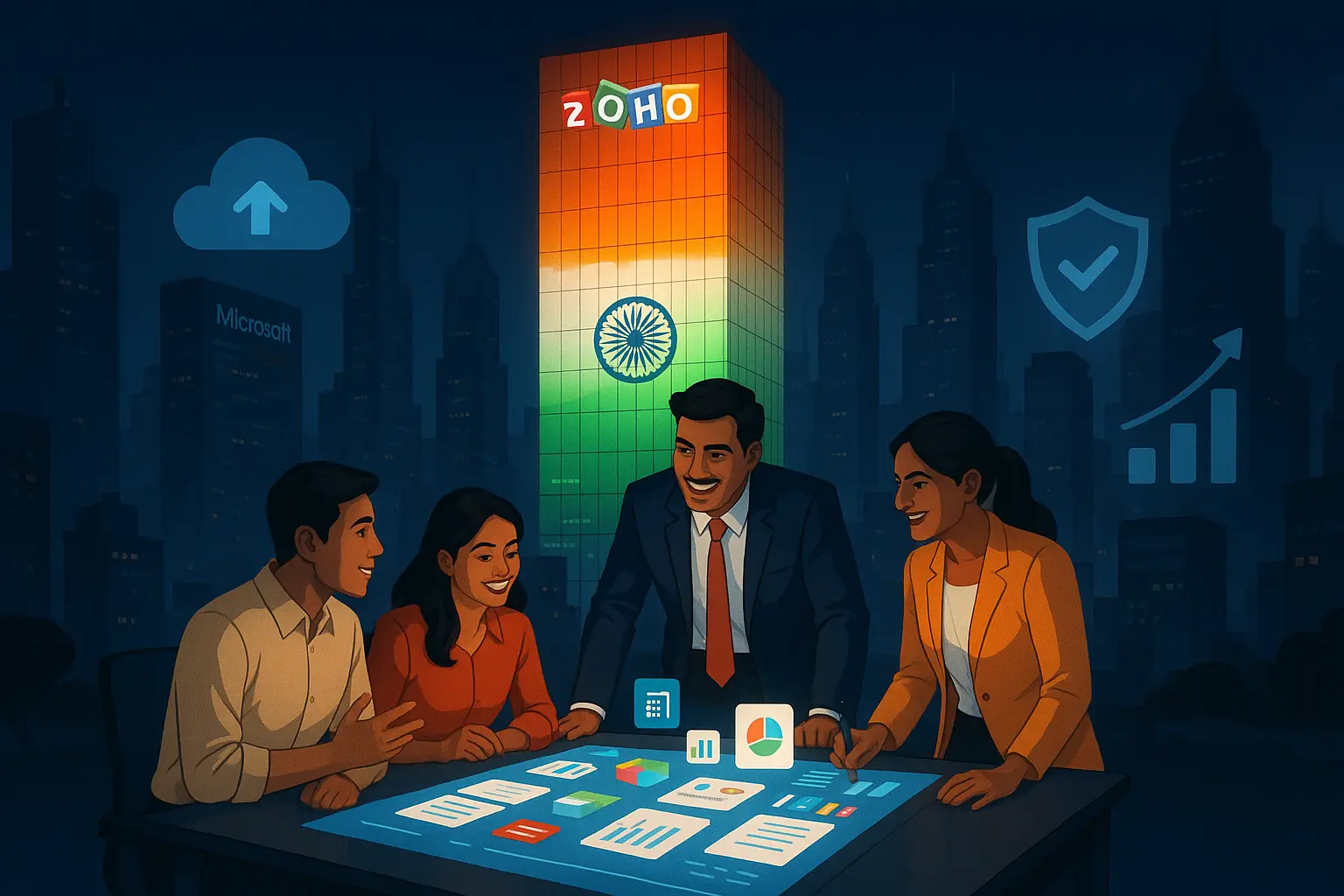
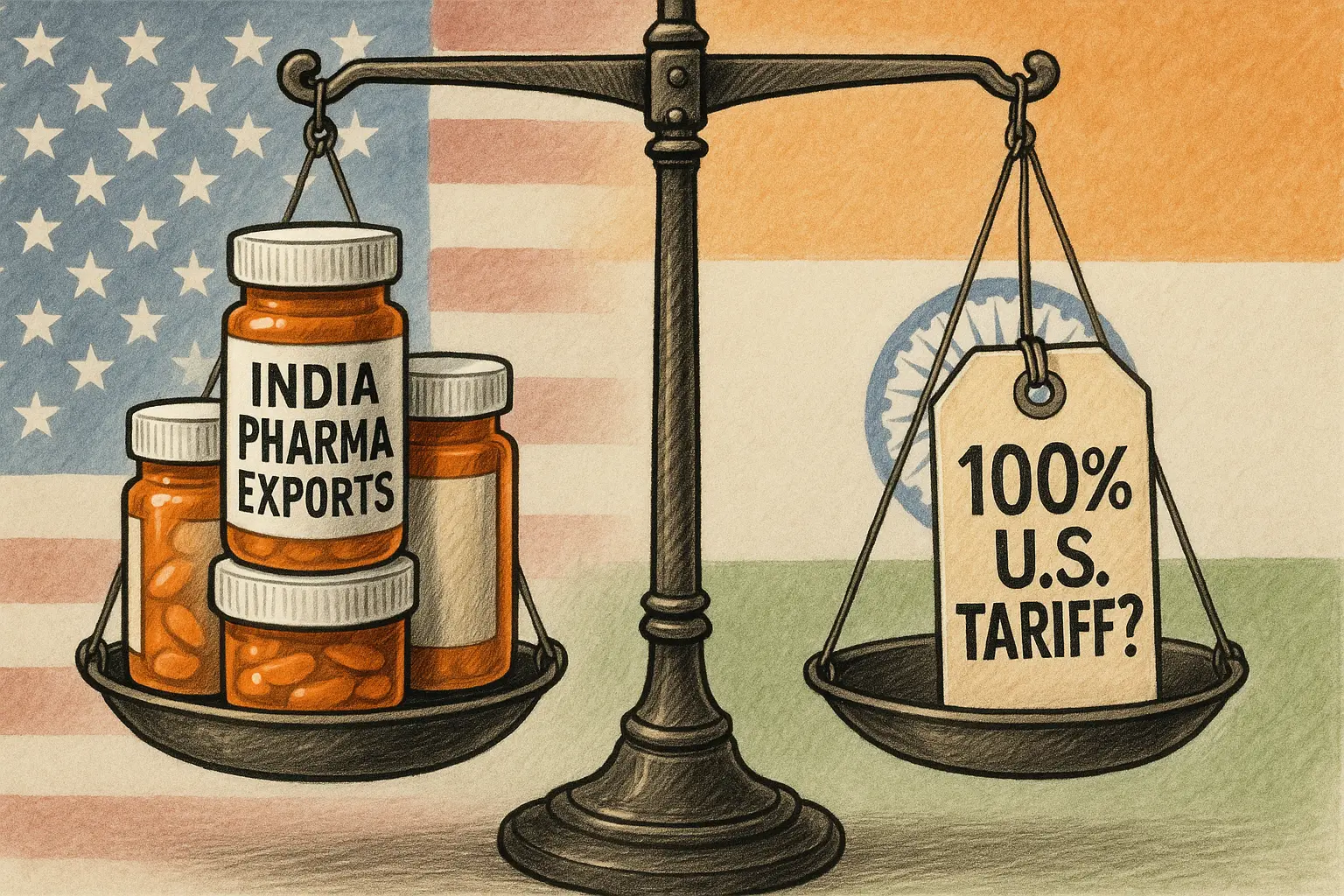
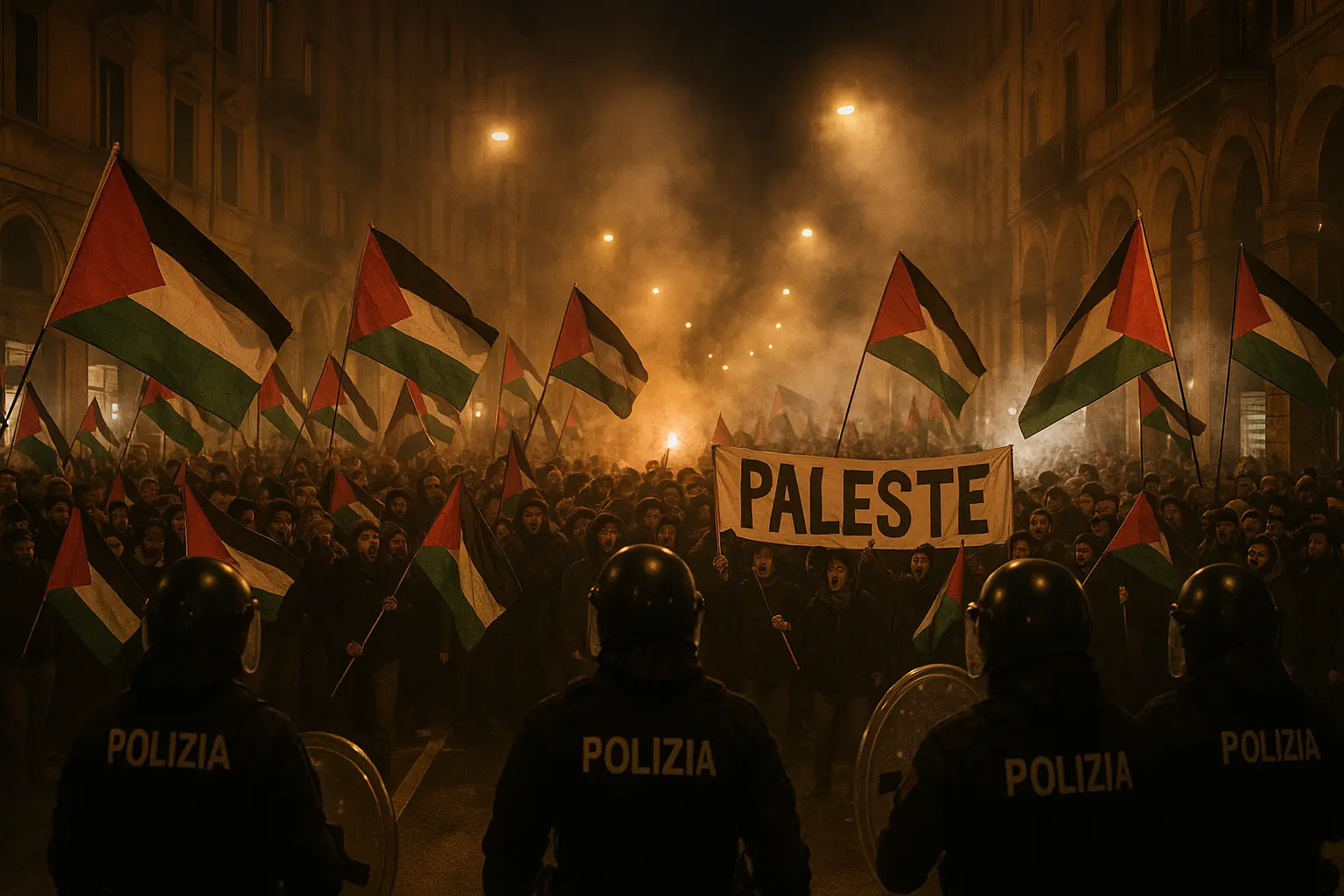
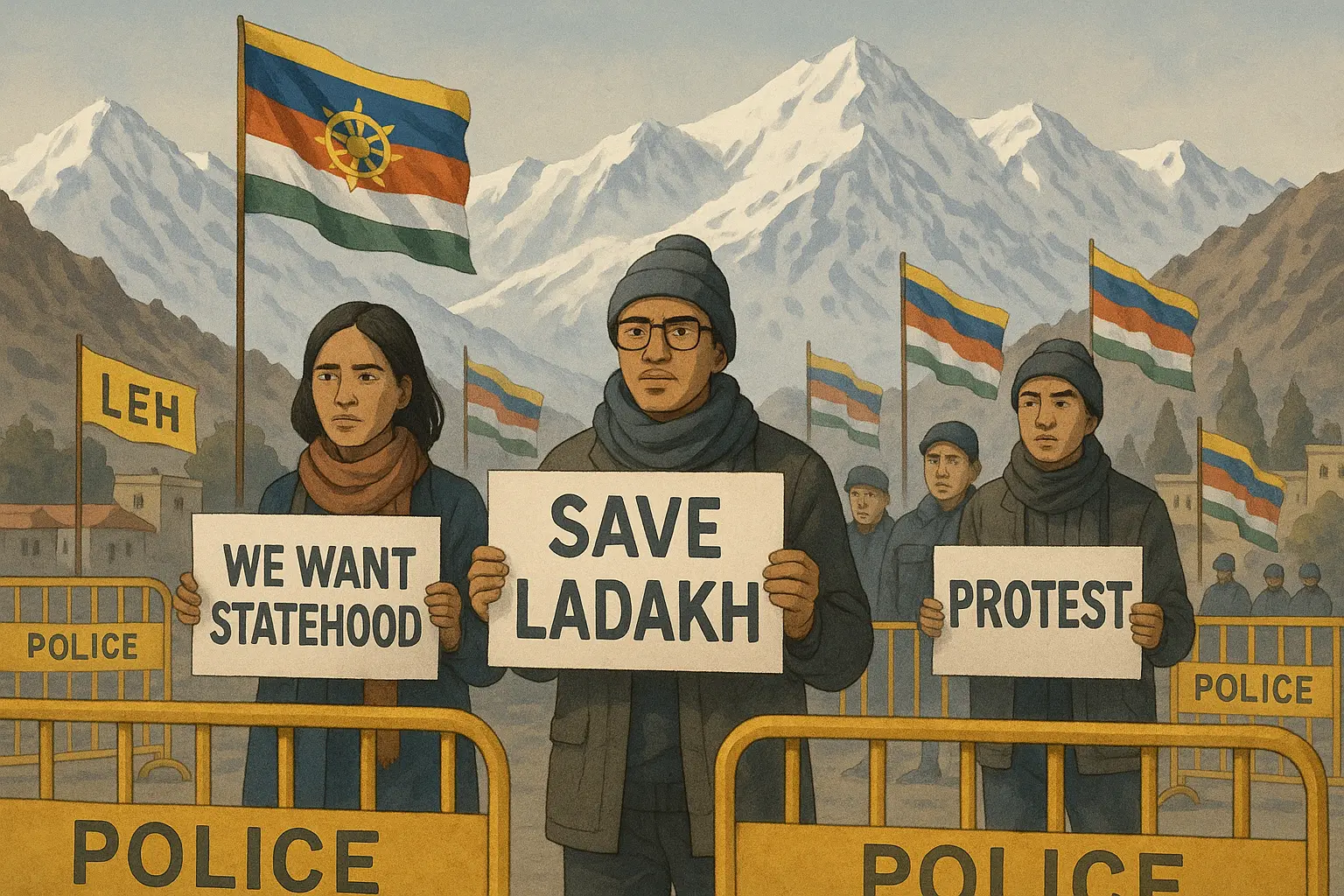
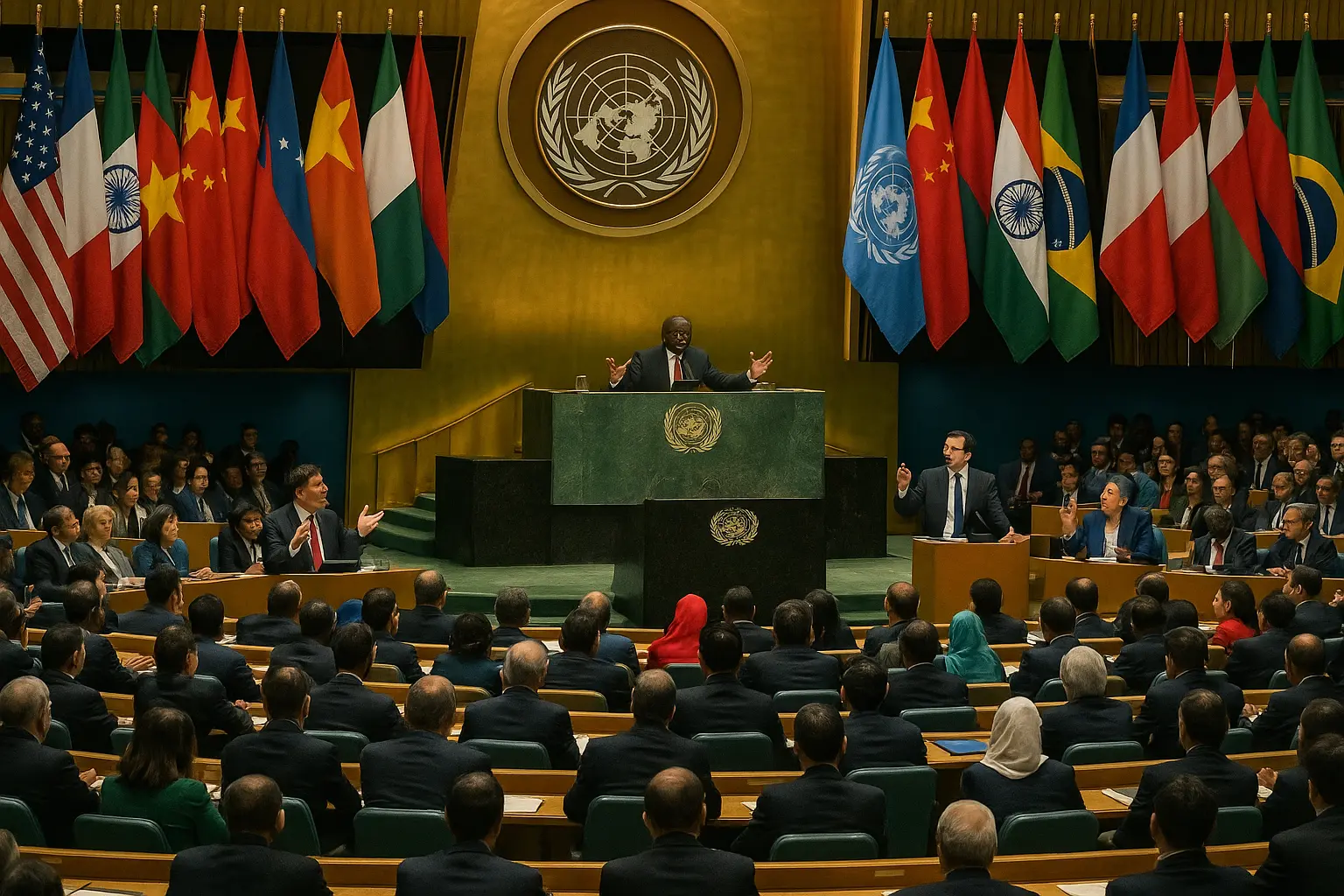
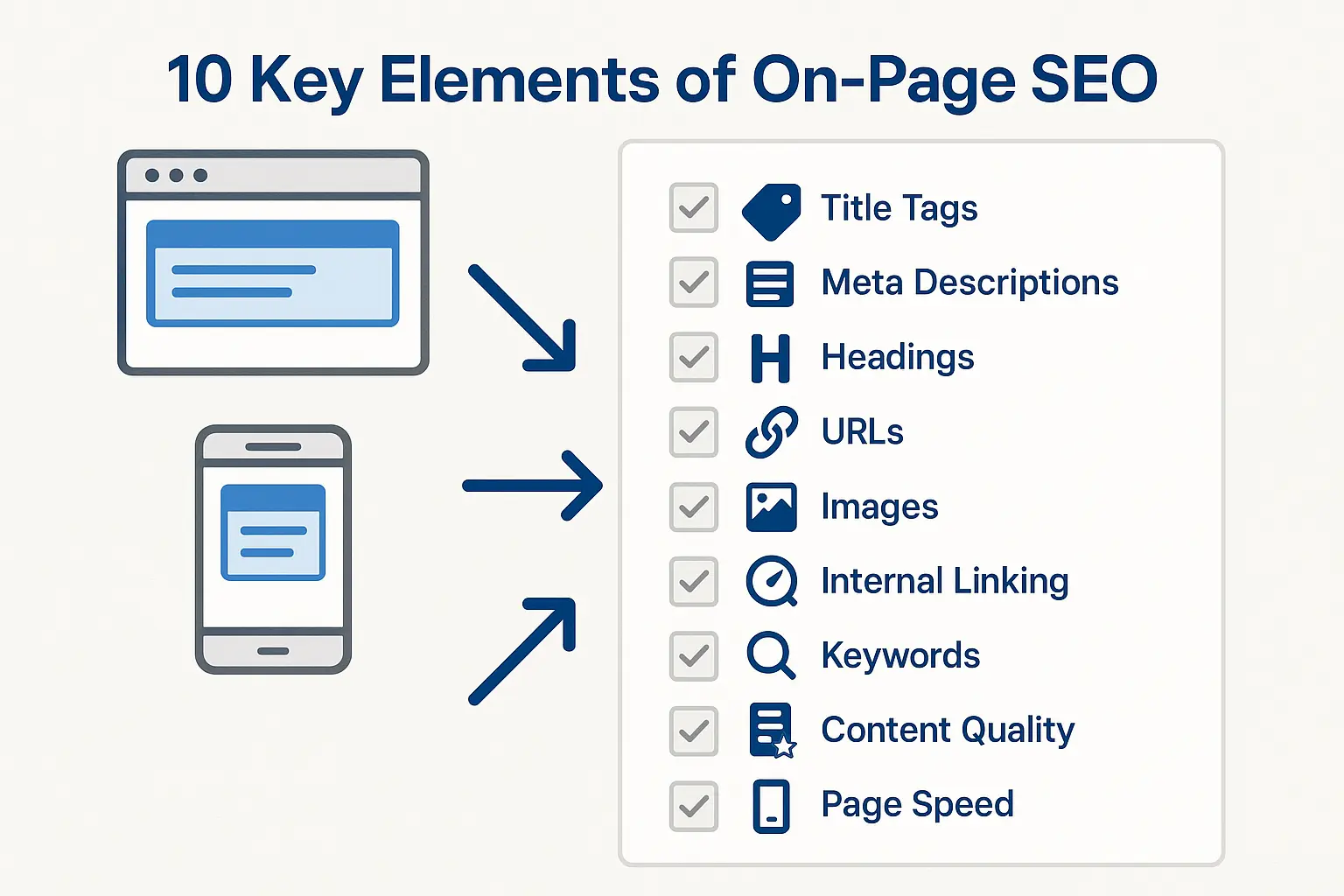
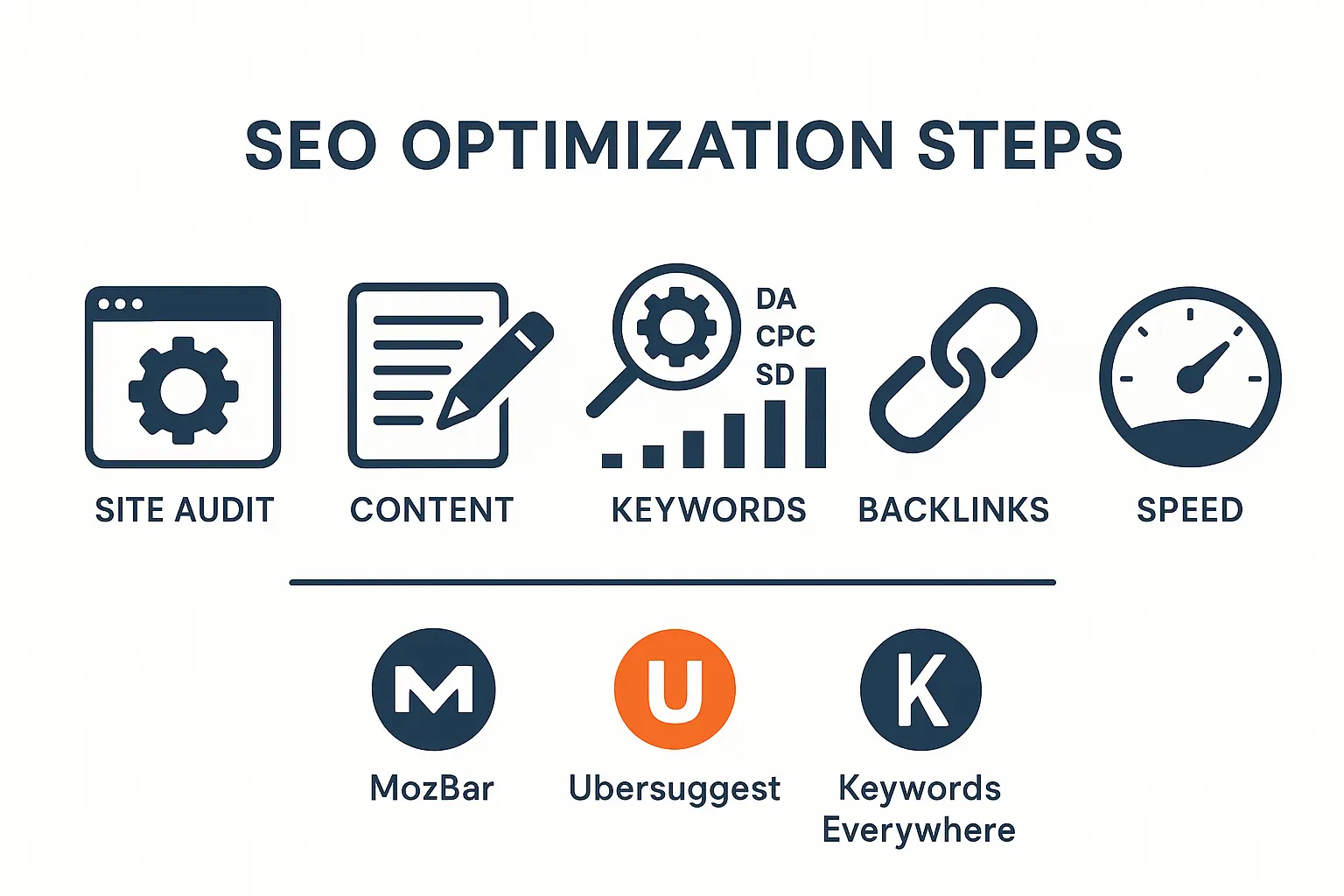
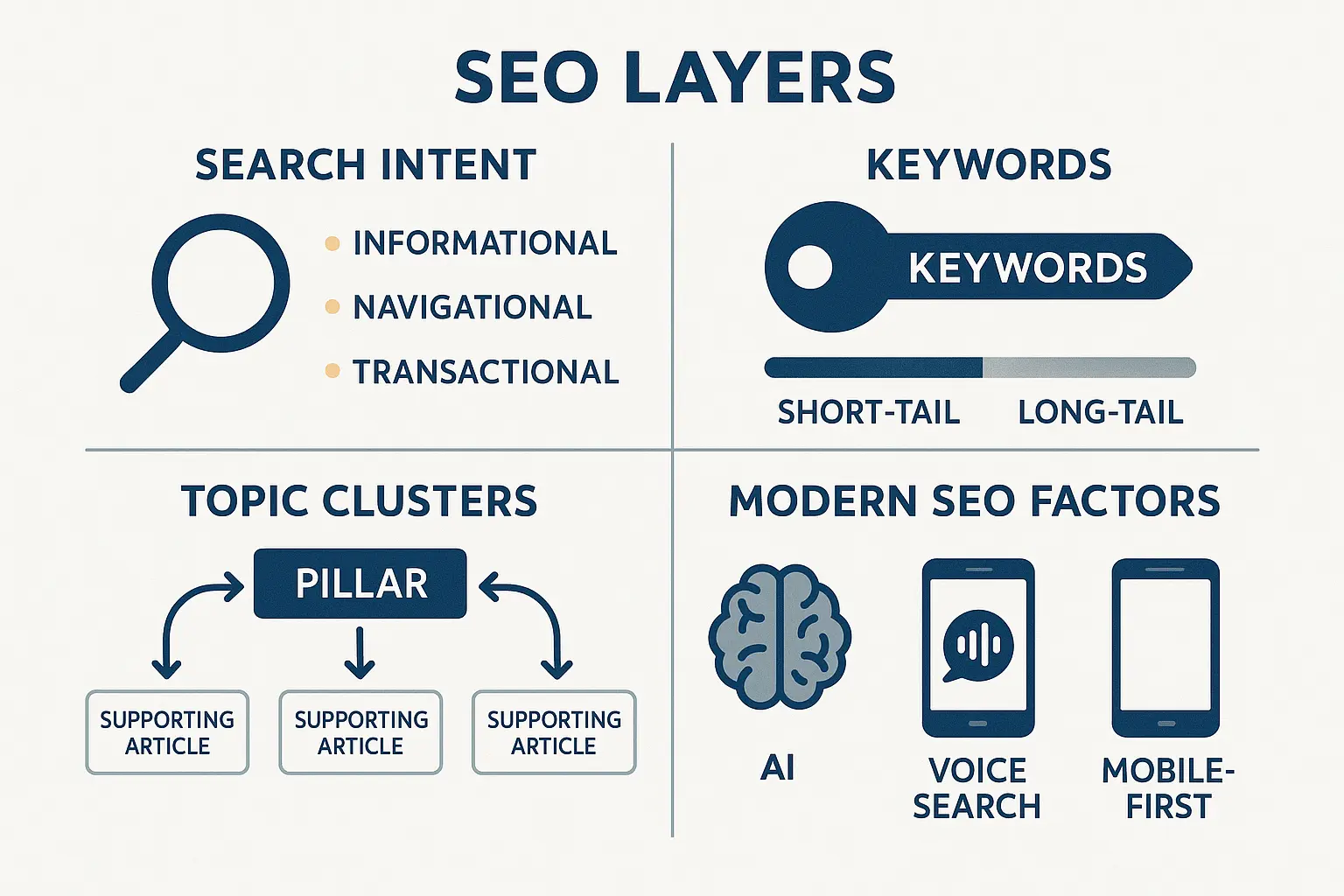
No comments yet. Be the first to comment!